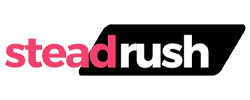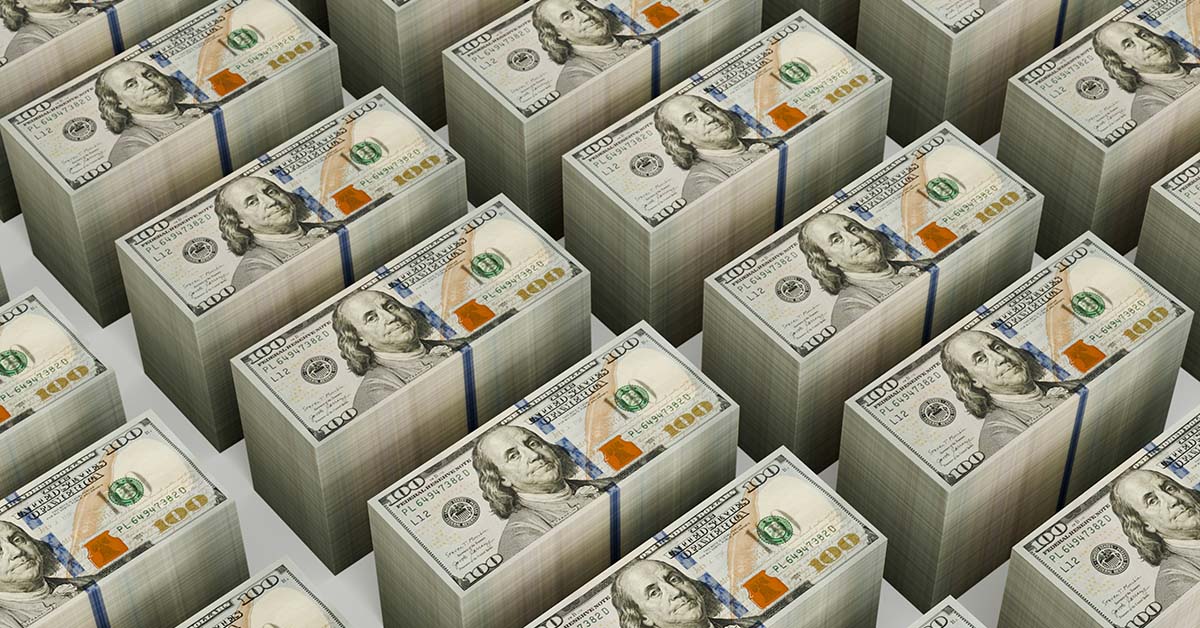High interest rates can have a broad impact on both borrowing and saving. For borrowers, they drive up the cost of loans and credit card payments, making debt more expensive. In contrast, savers benefit, as higher rates mean their money earns more in savings accounts and investments.
Impact of High Interest Rates
Borrowers Face Higher Costs:
When interest rates rise, loans—whether for homes, cars, or personal needs—become more expensive. Credit card balances, already carrying high rates, also get harder to manage. As a result, consumers and businesses may pull back on spending and investment to avoid the increased costs of borrowing.
Savers and Investors Benefit:
Savers can earn significantly more in high-yield savings accounts and other interest-earning assets. Investments such as bonds may also appreciate in value. Rising rates may even prompt investors to seek higher-return options like stocks or real estate.
What Influences Interest Rates
Interest rates fluctuate due to a variety of economic factors:
- Inflation Control: Central banks may raise rates to help slow inflation and cool economic activity.
- Monetary Policy: Adjustments to benchmark rates, like the federal funds rate, directly affect interest rates.
- Credit Demand and Supply: When borrowing demand is high or credit supply is tight, rates often go up.
- Global Conditions: International economic trends and foreign interest rate policies can also shape domestic rates.
Choosing the Best High-Yield Savings Account
If you’re looking to grow your savings in a rising-rate environment, a high-yield savings account is a smart choice. Here’s how to select the best one:
- Look for a Competitive APY: Start by comparing annual percentage yields (APYs). A higher APY means more interest earned monthly and annually. Thanks to compound interest, even small differences in rates can make a big impact over time.
- Understand Minimum Requirements: Some accounts require a minimum deposit to open or a minimum balance to maintain the high yield. Choose one that aligns with what you can comfortably maintain.
- Watch for Fees: Monthly maintenance fees can eat into your interest earnings. Many accounts are fee-free, but it’s important to check for any conditions tied to avoiding charges.
- Mobile and Online Access: Features like mobile check deposit and external (ACH) transfers are common in modern accounts and make managing your savings easier.
Why Savings Rates Vary Across Banks
Not all banks offer the same rates. Smaller or lesser-known institutions may provide higher APYs to attract deposits, especially if they’re actively trying to fund new lending opportunities. However, these promotional rates can drop once the bank has met its funding goals, so it’s good to keep an eye on any rate changes.
How to Open a High-Yield Savings Account
Opening a high-yield account is typically a quick online process:
- Provide Personal Information: You’ll need to submit details like your Social Security number for tax reporting purposes.
- Verify Your Identity: Banks will take steps to confirm who you are.
- Fund the Account: Most institutions let you start with an ACH transfer from another bank. Some may accept debit or credit card deposits, or even mailed checks.
- Set Up Online Access: Once approved, you may get immediate access to online banking, or wait a short time for activation.
By understanding how interest rates affect your financial decisions and knowing what to look for in a high-yield savings account, you can make smarter choices to grow your money effectively—even in a changing economic climate.


